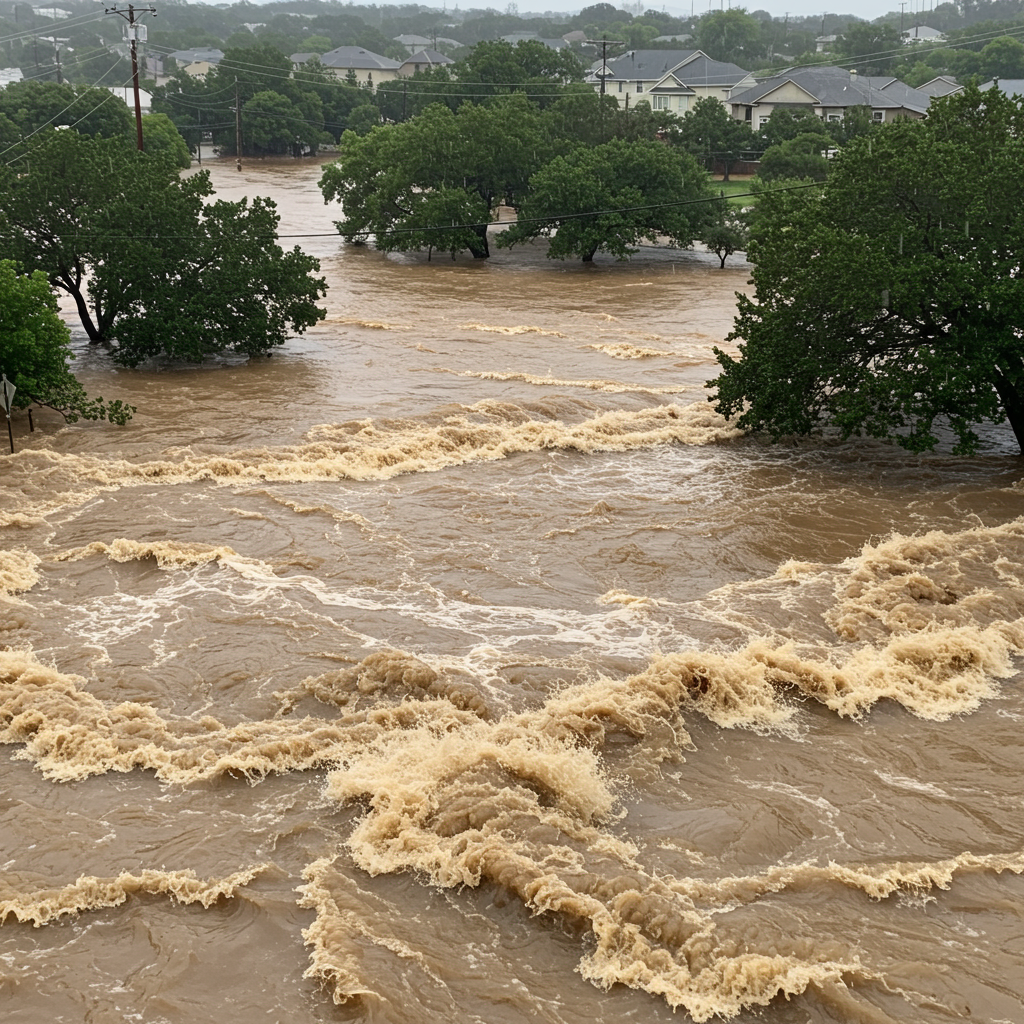President Donald Trump’s Middle East envoy, Steve Witkoff, has unveiled an ambitious plan aimed at bringing the protracted Gaza conflict to a close. This crucial diplomatic initiative comes amidst escalating international pressure and a dire humanitarian crisis plaguing the enclave. Witkoff recently met with families of Israeli hostages, affirming his commitment to securing the release of captives still held by Hamas while working with the Israeli government on a comprehensive solution.
Diplomatic Efforts and the Proposed Gaza Reconstruction Plan
Visiting Jerusalem on August 2, 2025, Steve Witkoff engaged directly with the anguished relatives of Israelis held captive in the Gaza Strip. The meeting, which occurred nearly 22 months after Hamas’s October 2023 attack, underscored the deep personal toll of the ongoing hostilities. In a recording reviewed by Reuters, Witkoff detailed a “very, very good plan” developed collaboratively with the Israeli government, including Prime Minister Netanyahu. This strategy, he explained, focuses on the “reconstruction of Gaza,” which would effectively signal the end of the devastating conflict.
Trump’s administration has prioritized resolving this Middle East conflict, though past negotiations have often faltered. Witkoff’s visit highlights the persistent diplomatic push to achieve a lasting resolution. His presence in Tel Aviv was met with hundreds of protesters chanting “Bring them home!” emphasizing the overwhelming public demand for immediate action on the hostage crisis.
Hamas’s Stance and Persistent Deadlock
A central point of contention in any peace proposal revolves around the future of Hamas. According to Witkoff’s remarks, Hamas expressed a readiness to disarm as a condition for ending the war. However, Hamas has consistently refuted such claims, publicly stating its unwavering commitment to “armed resistance.” The group, which has governed Gaza since 2007, insists it will not lay down its weapons without the establishment of an “independent, fully sovereign Palestinian state with Jerusalem as its capital.”
This stark contradiction underscores the deep chasm that has repeatedly led to negotiation deadlocks. Indirect talks facilitated by Qatar and Egypt, which aimed for a 60-day ceasefire and the release of half the hostages, concluded without resolution last week. The Israeli government’s primary demands for ending the conflict include the release of all hostages, the disarmament of Hamas, and the demilitarization of the Gaza Strip.
The Heart-Wrenching Plight of Hostages
The humanitarian aspect of the conflict remains profoundly disturbing, particularly concerning the Israeli hostages. On August 2, Hamas released its second video in two days featuring Israeli captive Evyatar David. The footage showed David, visibly emaciated, reportedly digging his own grave, a chilling scene that his family vehemently condemned as “vile propaganda.” They accused Hamas of deliberately starving their son, calling it one of the “most horrifying acts the world has seen” designed to advance their agenda.
Of the 251 individuals initially seized during the October 7, 2023, attack, only an estimated 50 remain in Gaza. Tragically, Israeli officials believe a mere 20 of these individuals are still alive, with the Israeli military confirming 27 deceased. Families, like Yotam Cohen, brother of 21-year-old Nimrod Cohen, are desperate for the war to end, asserting that the Israeli government has “refused to do so willingly.” They appeal for intervention to save both soldiers and captives.
Gaza’s Deepening Humanitarian Catastrophe
The call for an end to the conflict is amplified by the catastrophic humanitarian conditions in Gaza. Witkoff himself visited a US-backed aid operation in southern Gaza the day before his meeting with families, aiming to facilitate food and other essential supplies. United Nations agencies, however, have partly attributed the deadly conditions to a lack of sufficient aid access. Dozens have reportedly died from malnutrition in recent weeks, particularly after Israel ceased all supplies to the enclave for three months (March to May). Gaza’s health ministry reported seven more fatalities, including a child, on August 2.
International bodies and aid organizations paint a grim picture, with UN-mandated experts confirming that a “famine is unfolding” in Gaza, evidenced by severe malnutrition and deaths among the 2.2 million displaced Palestinians. Hospitals are severely overwhelmed, operating at several times their capacity with critical medicine shortages. Aid delivery is described as “very insufficient,” with only a fraction of the necessary daily aid trucks entering Gaza. Concerns also persist regarding aid distribution, with reports of widespread looting due to a power vacuum and armed gangs.
International Pressure and Diverging Views on Aid
The global outcry over the devastation and starvation in Gaza has intensified pressure on Prime Minister Netanyahu’s government. Germany, a key ally, has adopted a significantly tougher stance, with Foreign Minister Johann Wadephul urging Israel to immediately permit the UN to safely transport and distribute aid. He stressed that the “unimaginable” suffering must cease. While Israel claims it is taking steps to increase aid, including pauses in fighting and air drops, UN agencies contend that air drops are inadequate and far more land-based aid is desperately needed.
A major point of contention centers on the aid mechanism. Germany and the UN advocate for aid to be handled by established UN/WFP systems, while Israel and the US support the newly created Gaza Humanitarian Foundation (GHF). The UN and other agencies report the GHF is not functioning effectively, with hundreds of casualties occurring near GHF aid sites. Despite Israeli denials of widespread hunger and accusations of “modern blood libel” against media showing “misleading pictures,” the overwhelming evidence from humanitarian groups paints a different reality.
The Broader Political Landscape and Casualties
The crisis has prompted several Western powers to consider recognizing a Palestinian state, a move supported by Qatar, Egypt, France, and Saudi Arabia as part of a two-state solution framework. This approach, however, remains rejected by Netanyahu’s government.
The human cost of the conflict is immense. The Gaza War began on October 7, 2023, when Hamas attacks killed over 1,200 people, predominantly civilians, according to Israeli figures. Israel’s subsequent military offensive has reportedly killed over 60,000 Palestinians, primarily civilians, according to Gaza health officials, figures which are deemed reliable by the UN. Lieutenant General Eyal Zamir, Israel’s top general, asserted that combat would continue “without rest” if no hostage release agreement is reached, while denying claims of intentional starvation as “false accusations.”
Frequently Asked Questions
What is the US envoy’s proposed plan for ending the Gaza War?
US envoy Steve Witkoff has outlined a plan, developed with the Israeli government, that focuses on the “reconstruction of Gaza.” This comprehensive initiative is intended to lead to an effective end to the war. While specific details of the reconstruction plan were not fully disclosed, its core aim is to create conditions for lasting peace and humanitarian recovery, alongside securing the release of remaining hostages.
Who are the main parties involved in mediating the Gaza conflict?
The primary mediators in the Gaza conflict are Qatar and Egypt, who have facilitated indirect negotiations between Hamas and Israel. The United States, through its envoy Steve Witkoff, also plays a significant diplomatic role, working directly with the Israeli government and engaging with international partners to push for a resolution, including ceasefire efforts and increased humanitarian aid delivery.
How severe is the humanitarian crisis in Gaza and what are the main obstacles to aid?
The humanitarian crisis in Gaza is dire, with UN-mandated experts reporting that a “famine is unfolding.” Over two million Palestinians face severe malnutrition, and hospitals are overwhelmed with critical shortages. Key obstacles to aid include prolonged blockades, limited entry points for aid trucks (far below daily needs), security chaos leading to looting, and disputes over aid distribution mechanisms between international organizations and newly established foundations.
Conclusion
Steve Witkoff’s diplomatic push signals a renewed effort by the US to navigate the complex and tragic realities of the Gaza War. While the proposed plan for reconstruction offers a glimmer of hope for ending the immediate conflict, deep-seated disagreements remain, particularly regarding Hamas’s disarmament and the establishment of a Palestinian state. The immense suffering of the hostages and the catastrophic humanitarian situation in Gaza underscore the urgent need for a viable resolution. As international pressure mounts and negotiations continue, the world watches for any genuine breakthrough that could finally bring peace and stability to the region.



